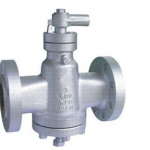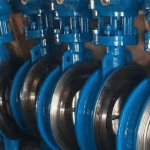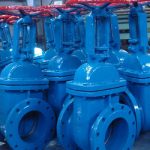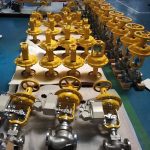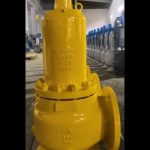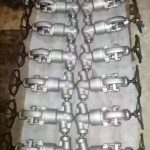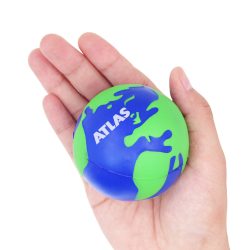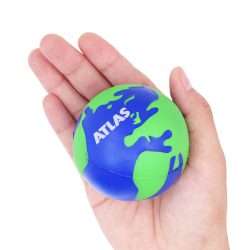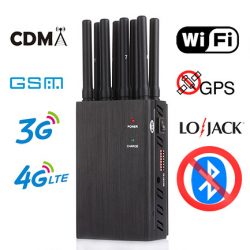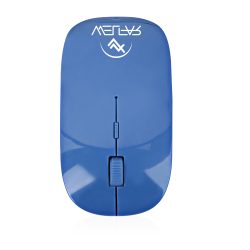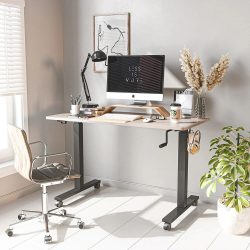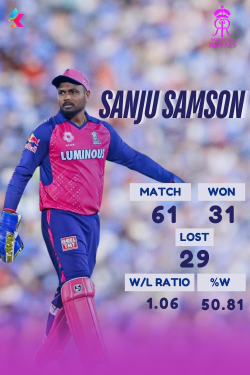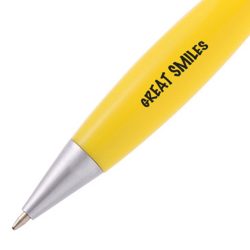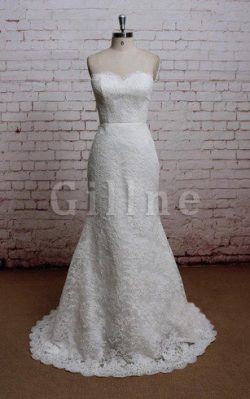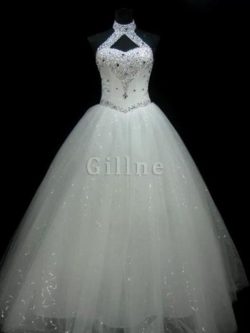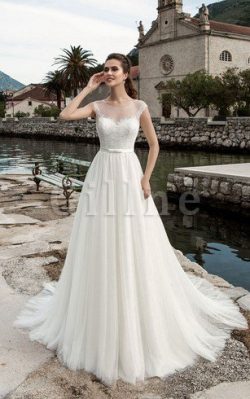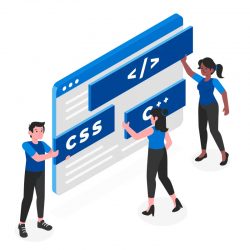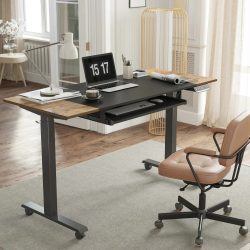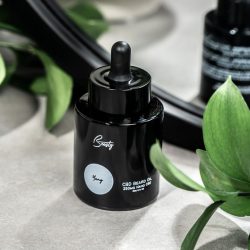Safety valve manufacturers in Saudi Arabia
Middleeast Valve are one of the most premium Safety valve manufacturers in Saudi Arabia. A safety valve is a device designed to automatically release pressure from a system when it exceeds a preset limit, thereby preventing potential damage or catastrophic failure. Safety valves are critical components in various industries, including manufacturing, chemical processing, and power generation, where they help maintain system integrity and ensure the safety of personnel and equipment. They are typically installed on pressure vessels, boilers, and pipelines, and are engineered to open at a specific pressure threshold, allowing excess pressure to escape until safe levels are restored.
How safety valve works?
The working of a safety valve involves a spring-loaded mechanism that holds a valve seat in place. Under normal operating conditions, the spring force keeps the valve closed, maintaining the pressure within the system. When the pressure rises above the designated safe limit, the force exerted by the pressure overcomes the spring tension, causing the valve to lift off its seat and release the excess pressure. Once the pressure drops back to a safe level, the spring force re-seats the valve, thereby closing it and preventing further release. This automatic operation ensures that the system remains within safe pressure limits, protecting it from overpressure scenarios.
How many types of safety valve are there?
· Steam safety valve
· Thermal safety valve
· Conventional Safety Valve
· Pressure safety valve
· Bellow seal safety valve
· Pilot operated safety valve
What is the difference between safety valve and relief valve?
A safety valve and a relief valve both serve the purpose of protecting systems from overpressure, but they operate in different contexts and have distinct mechanisms. A safety valve is typically used in steam, gas, or vapor systems. It is designed to open rapidly, fully opening at the set pressure to quickly release a large amount of pressure and prevent potential explosive situations. The quick action of a safety valve is crucial in applications where a sudden overpressure condition could lead to catastrophic failure, such as in boilers and pressure vessels.
In contrast, a relief valve is commonly used in liquid systems. It opens more gradually compared to a safety valve, providing a controlled release of excess pressure to protect the system. This gradual opening is suitable for applications where a sudden release could cause damage or instability in the system, such as in hydraulic or liquid-filled systems. Relief valves are often found in applications where maintaining continuous operation and preventing surges or spikes in pressure are essential. While both valves aim to prevent overpressure, their differing designs and operational characteristics make them suitable for different types of systems and applications.
What benefits does a safety valve provide?
· These valves automatically release pressure when it exceeds a preset limit, preventing potential equipment failure or explosions.
· By maintaining pressure within safe limits, they prevent damage to boilers, pressure vessels, and other pressurized systems, extending their lifespan.
· They safeguard operators and personnel by reducing the risk of accidents related to overpressure situations.
· Many industries are required to install safety valves to comply with safety standards and regulations, ensuring legal compliance and avoiding penalties.
· By preventing catastrophic failures, they help avoid unplanned shutdowns, thus maintaining operational continuity and productivity.
· They reduce the likelihood of costly repairs and replacements by protecting critical components from overpressure damage.
· They can prevent the release of hazardous materials into the environment, reducing the risk of environmental contamination and associated clean-up costs.
· Safety valves can be used in a variety of applications, including steam systems, gas systems, and liquid systems, making them versatile components in many industries.
· They operate automatically without the need for manual intervention, ensuring immediate response to overpressure conditions.
· They are designed to be reliable and effective under various conditions, providing consistent protection across different operating environments.
As one of the leading Safety valve manufacturers in Saudi Arabia, we supply valves to these industries:
· Oil and Gas Industry
· Chemical and Petrochemical Industry
· Power Generation
· Manufacturing
· Aerospace
· Mining
· Water Treatment
· Marine Industry
· Nuclear Industry
· Automotive Industry
· Firefighting
· Water and Wastewater Treatment
· Energy Generation
· Paper and Pulp Industry
Description:
· Body Material – Cast Iron and Steel (A216 WCB, WCC, LCB, LCC, WC6, WC9), Ductile Iron, Stainless Steel [SS316, SS304, SS316L, SS904L, CF8, CF8M, F304, F316, F31L, F51, F3, F55, F91], WCB, WC6, SS304, SS316, Duplex Steel.
· Class – 150 – 2500
· PN 10 – PN 450
· Size – ½ – 24”
· Ends- Butt welded, Socket welded, Flanged, Threaded
Visit our website for more details: https://www.middleeastvalve.com/product-category/pilot-operated-safety-valve/

